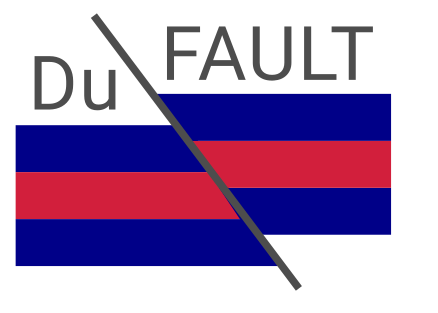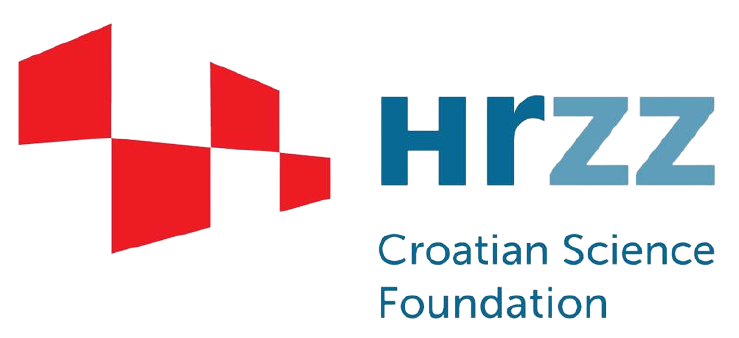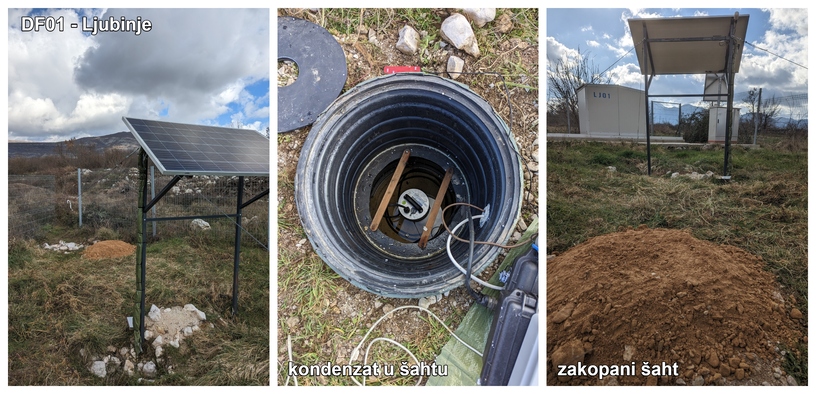In the period from 30th January to 2nd February 2023, field team consisting of Marin Sečanj, Ph.D. and Damir Ptičar, a senior technician of the Department of Geophysics, carried out a regular survey and maintenance of the temporary seismic stations of the Du-Net local seismic network in the wider Dubrovnik area, which were installed within the HRZZ project DuFAULT. Four temporary seismological stations were visited:
- DF01 – Ljubinje (BA)
- DF02 – Bileća (BA)
- DF04 – Radovčići (Konavle municipality)
- DF05 – Šipanska luka, the Island of Šipan.
At the temporary seismic stations DF01 in Ljubinje (BA) and DF02 in Bileća (BA), all installations and devices were checked and minor defects in the installations of the power supply system and the precision positioning system caused by atmospheric conditions at both stations were corrected. At the temporary seismic station in Ljubinje, condensed water had to be pumped out from the shaft where the sensor and all associated communications equipment were installed. In addition to the expected minor repairs to the installations, the sealing and protection of the shaft from direct sunlight, the recorded data was copied.
At the temporary seismic station DF04 (Konavle municipality), the system was checked and the recorded data backed up. On the Island of Šipan, at the temporary seismic station DF05, it was necessary to move part of the communication equipment to protect it from moisture and dust. Therefore, a wall communications cabinet was installed. After moving part of the equipment to the communications cabinet, the system was checked, a backup copy of the recorded data was made and the temporary seismic station was put back into service.
Regular maintenance and repairs enable uninterrupted data transmission from temporary seismological stations to the main server in Zagreb at the Andrija Mohorovičić Geophysical Institute at the Department of Geophysics of the Faculty of Science (UniZg). The continuous communication and transmission of the data from the stations very important for ensuring quality control of the recorded data and for quick data analysis, such as earthquake locating.




